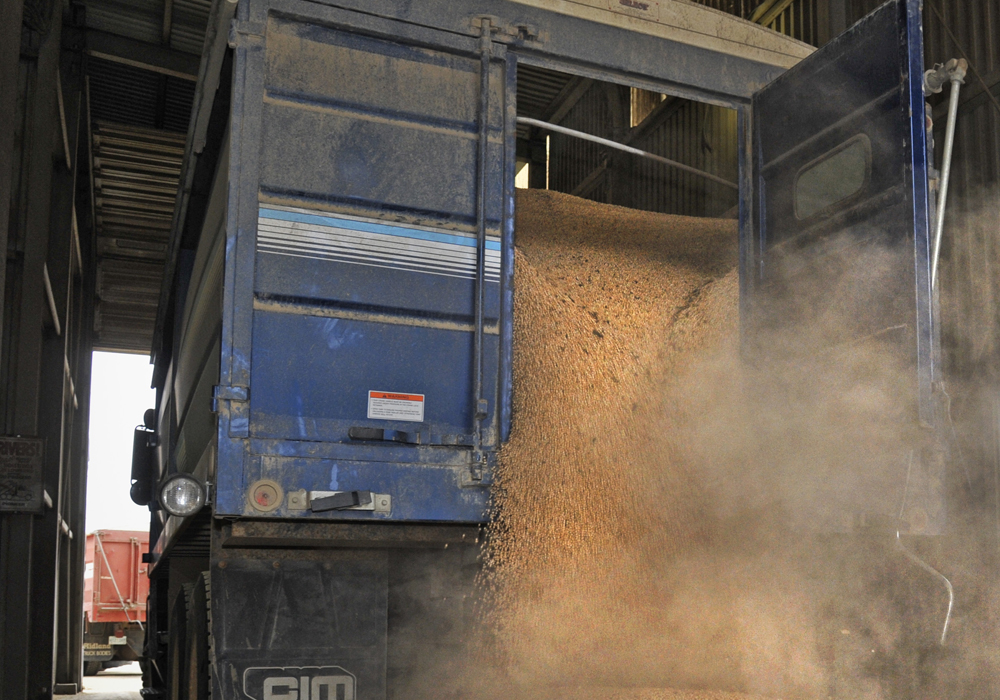Most farmers look at futures prices and nearby elevator prices and leave it at that.
They don’t want or need to understand markets beyond that.
That’s OK if a farmer is willing to look at prices, set targets and get a simple sense of the likely future. He can then get back to other parts of farming he prefers, such as agronomy, machinery and financial management, or participation in a commodity or farming organization.
But for those who desire to delve more deeply into the complexities of today’s markets and where the smart money says prices might be tomorrow, there are lots of gauges you can look at.
Read Also

Farm groups ask feds for export sales reporting
The Agricultural Producers Association of Saskatchewan and SaskCrops asks the federal government to create an Export Sales Reporting program.
That reality is highlighted in an article in the Canadian Journal of Agricultural Economics. (See story here.)
The writer, agricultural economist James Vercammen, isn’t writing for farmers. Instead, he’s urging his fellow agricultural economists to look deeper at options spreads, volatility measures, forward pricing curves, cash market basis and other gauges of market expectations in their analyses.
I must admit I was surprised by his observation that most of his colleagues don’t look at those market measures because that’s exactly what most professional ag market analysts that I speak with rely upon.
Darin Newsom, a technical analyst, peers closely into carry, basis spreads and other signals about what’s going on in the commercial market. That’s what he told me gives him the clearest sense of what’s going in the physical market for grains, which then shows up in futures, options and the rest of the pricing structure built atop the reality of people buying and selling crops in order to make food and other products.
Spreads between elevator points and regions are something that analyst John DePape looks at closely because it enables him to see where commercial demand is strongest and weakest. That kind of knowledge helps him figure out marketing strategies for farmers in those areas. What’s hot? What’s not? And how do you deal with that?
Option premiums reveal a lot about volatility in the market, and that’s something analysts who I and my Western Producer colleagues regularly quote, such as David Derwin and Errol Anderson, spend a lot of time thinking about.
You can glean a lot about traders’ and commercial users’ views of the risks and opportunities for crop prices from the Commitment of Traders reports that come out of the U.S. Commodity Futures Trading Commission every Friday afternoon. That’s where you can see where various types of smart money are sitting.
There’s a lot of information openly available in the market if you’re interested. The truth is out there. The trick is interpretation.
But that’s true about everything, isn’t it?
















